Can you imagine yourself touring an entire city or even an entire country in just a single day? Well, it’s really possible to do if you visit the smallest city and country in the world. I’m talking about Vatican City, the independent city-state located in Rome, Italy.
It doesn’t matter if you’re a Christian or non-Christian, Vatican City is a place you should aim to visit if you plan on traveling to Europe, particularly to Italy. Despite its small size, it has a lot to offer to visitors, particularly with its array of art and architecture.
In this article, I will discuss what Vatican City is like, its history, and important facts about the city-state. I will also give several tips on how you can enjoy your trip to this magnificent place. Keep reading to know more about Vatican City.
- Vatican City – The Smallest City in the World
- The Famous Architecture of Vatican City
- Vatican City’s Treasured Art Masterpieces
- Helpful Tips for Vatican Visitors
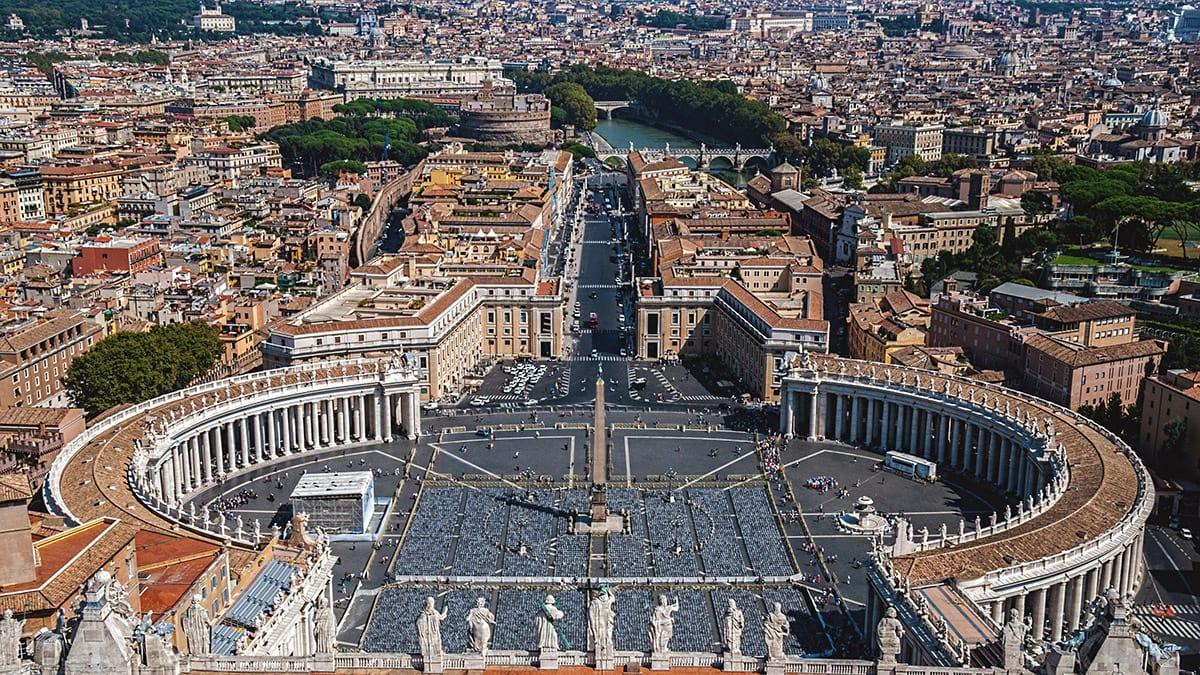
Vatican City – The Smallest City in the World
Officially named the Vatican City State, the Vatican is the smallest independent state in the world and serves as the residence of the Roman Catholic Church’s leadership.
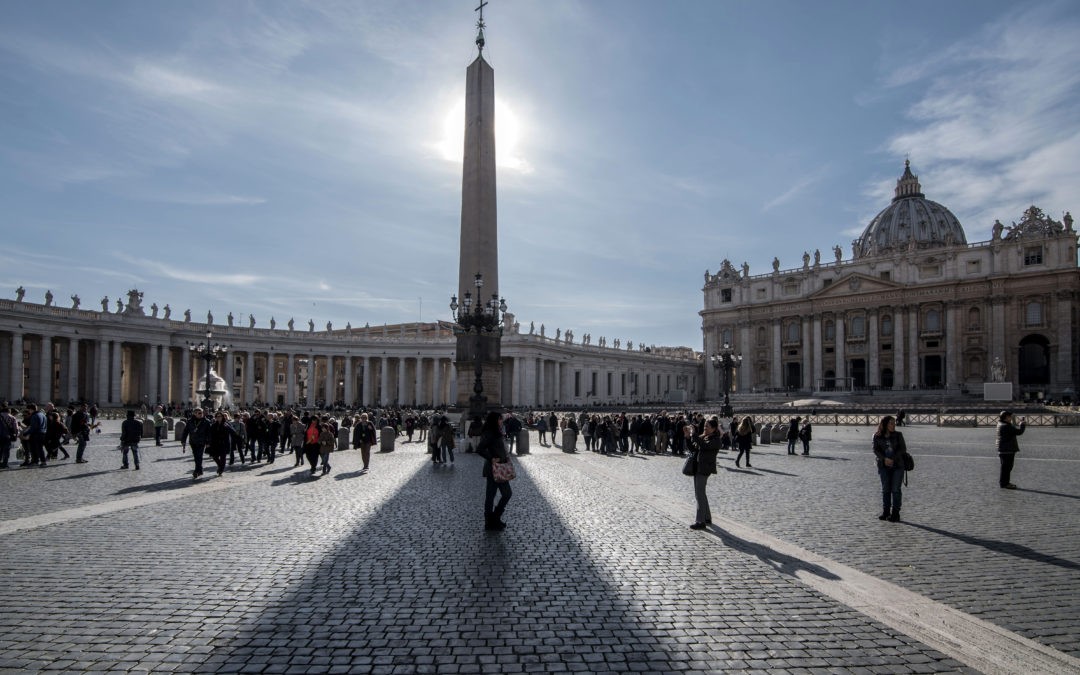
Not only is it the world’s smallest city by size at only 0.44 square kilometers or 0.17 square miles, but Vatican City is also the smallest in terms of population size, at around 800 people.
The Vatican’s population is mostly comprised of nuns, priests, cardinals, and members of the Pontifical Swiss Guard, which serves as the official protector of the city since 1506. While Vatican City serves as a holy city for Catholics, it is also listed as a UNESCO World Heritage Site for cultural and artistic significance.
Just like any country, the Vatican mints its own coins, prints its own stamps, and has an official flag. The Euro is its official currency and while it does not have an official language, most of its official documents are written in Italian. It doesn’t have a tax system but is able to generate income from tourism.
Brief History
Vatican City gained its independence and became an enclave within Rome in 1929 under the Lateran Treaty formed between the Kingdom of Italy under King Victor Emmanuel III and the Holy See under Pope Pius XI. This treaty gave the Holy See “full ownership, exclusive dominion, and sovereign authority and jurisdiction” over the Vatican City city-state.
The Holy See or the See of Rome refers to the jurisdiction of the Pope, also known as the Bishop of Rome. It was founded in the first century by Saint Peter and Saint Paul based on the virtue of Petrine and the papal primacy doctrine.
The area originally hosted the ancient Roman circus, the Circus of Nero or the Circus of Caligula, and the Vatican Obelisk is its last visible remnant. According to ancient tradition, the circus is where St. Peter, the first bishop or pope, was crucified upside-down. St. Peter’s tomb is said to be directly under St. Peter’s Basilica.
The Famous Architecture of Vatican City
As I mentioned before, the Vatican is not only a pilgrimage site for Christians, but it is also an architectural marvel for all visitors. The oval-shaped St. Peter’s Square immediately captivated me when I first arrive there.
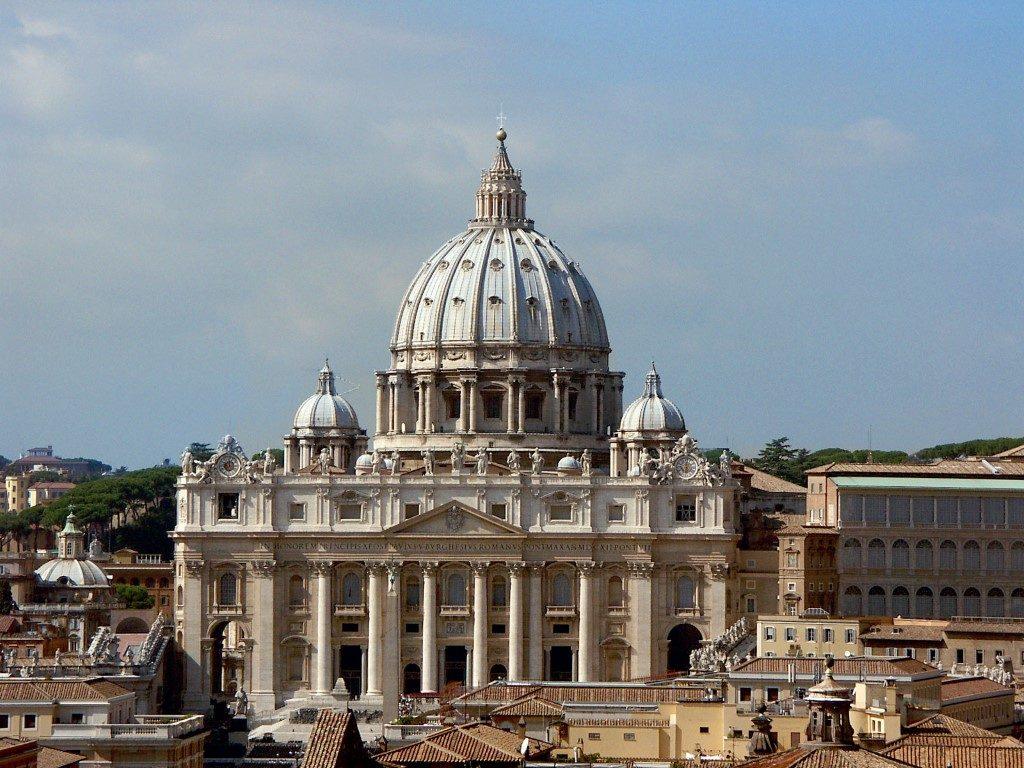
Designed by Italian architect Gian Lorenzo Bernini, the elliptical piazza features four rows of Doric columns arranged in a colonnade on two sides and whose tops are lined with statues of Christian saints. The St. Peter’s Square is where you can witness a Papal blessing.
Built from the 1440s until the late 1800s, the Apostolic Palace serves as the official residence of the Pope. I was surprised that while it’s called a palace, it is actually a series of buildings arranged around the courtyard.
Not only does it contain the Papal Apartments, the residence of the Pope, it also holds the Vatican Library, Roman Catholic Church and Holy See offices, as well as chapels, art galleries, and museums.
Sistine Chapel and St. Peter’s Basilica
While within the Apostolic Place, I found myself in the world-famous Sistine Chapel, which is adorned by detailed frescoes painted by Michelangelo. I learned that the three-story building was designed by architects Baccio Pontelli and Giovannino de Dolci based on the biblical dimensions of the Temple of Solomon.
The highlight of the Vatican’s architecture for me is the enormous St. Peter’s Basilica. This gigantic church is one of the largest in the world and it was not surprising to learn that it took 120 years to complete. This duration required an army of architects, including Jacopo Barozzi da Vignola, Donato Bramante, and Antonia da Sangallo the Younger.
They say that the basilica’s design greatly influenced western Christian architecture, particularly its dome. You can actually find similar domed churches across Rome. I have personally seen this dome structure in churches outside Europe.
Vatican City’s Treasured Art Masterpieces
Of course, what would a visit to Vatican City be without seeing the masterpieces on display there? During my trip, I was lucky enough to feast my eyes on several artworks of world-famous artists.
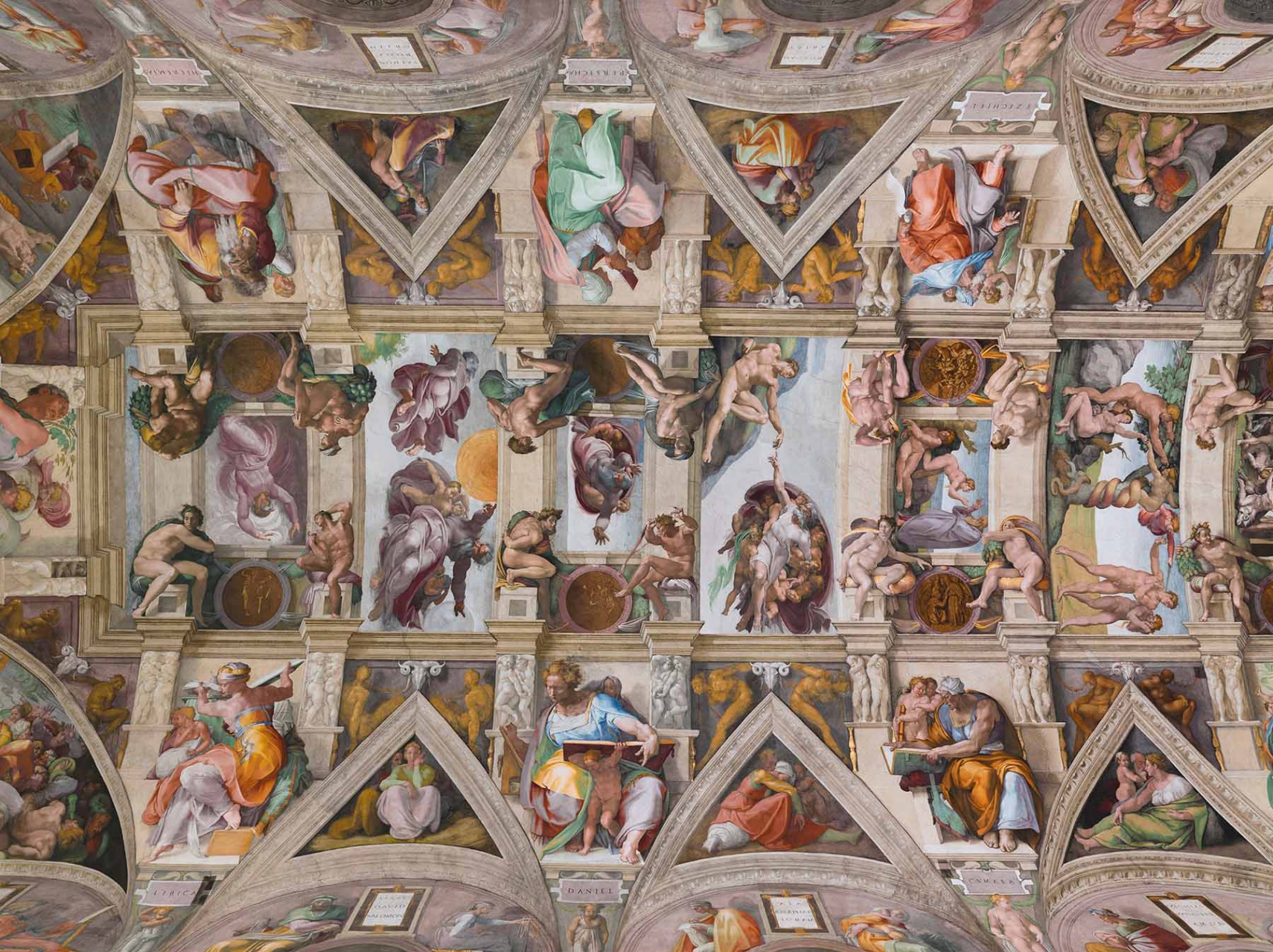
Upon entering the aforementioned Sistine Chapel, I marveled at the ceiling and walls adorned by Michelangelo’s paintings, particularly his depiction of stories from the book of Genesis.
In the Vatican Museums, I came across Raphael’s The School of Athens inside the Room of the Segnatura. The fresco depicts various philosophers and ancient Greek personalities with the most recognizable being Plato and Aristotle standing center with a Renaissance building in the backdrop.
I also found one of Leonardo da Vinci’s unfinished paintings in the Vatican Museums, namely St. Jerome in the Wilderness, which portrays the saint kneeling down in a desert area with a lion lying down by his feet. Despite the lack of color, this painting caught my attention.
Notable Sculptures
Aside from the paintings, I saw several eye-catching sculptures at Vatican City. One was the Belvedere Torso, a marble statue depicting a male nude seated on an animal hide. It was previously believed to be a 1st-century BC original work but it turned out to be a copy made in the 1430s.
The actual ancient Greek sculpture that I found was Laocoön and His Sons, which portrayed sea serpents sent by Athena and Poseidon killing Laocoön and his sons in order to aid in the fall of Troy.
Helpful Tips for Vatican Visitors
Now that I’ve shared information on the Vatican and what you would expect to see there, it’s time for some tips to help you save money and time on your trip to the city-state. The first and most important piece of advice I can give you is to book a tour online!
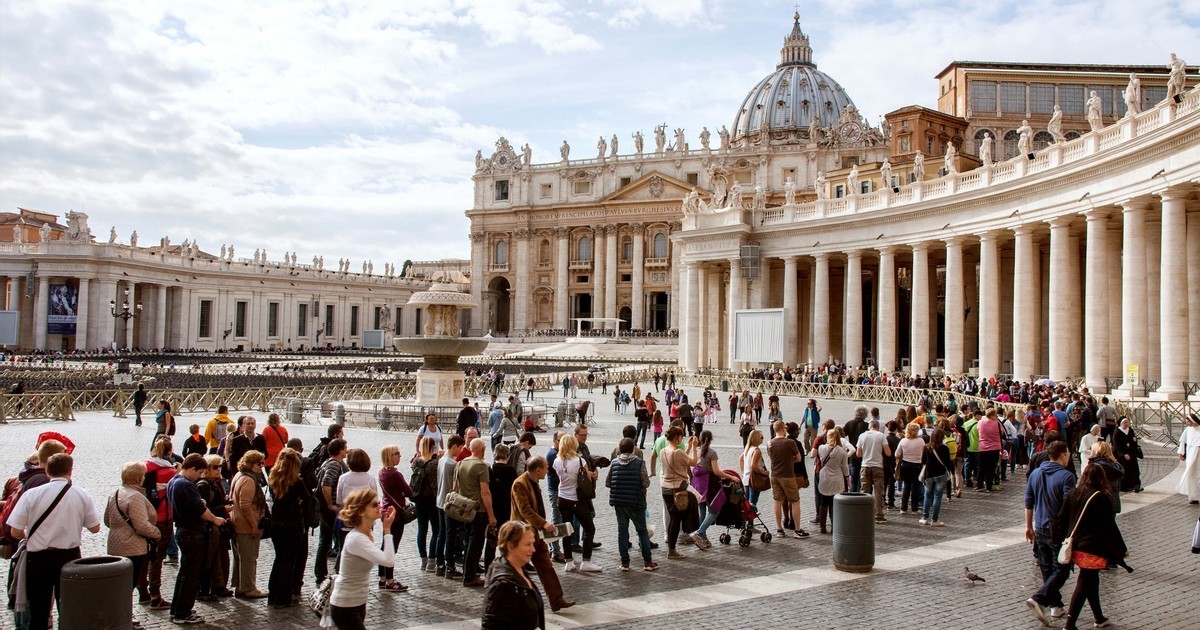
I’ve personally witnessed the long lines outside the Vatican, which they say could take hours, so do yourself a favor and get a skip-the-line ticket online. I promise that you’ll enjoy your trip more if you don’t have to stand in line for several hours just to get in.
Also, book an expert guide to make your trip more memorable. There’s nothing more enjoyable than marveling through the hallways while hearing tales and anecdotes you won’t find online or in guidebooks.
If you’re up to the task of climbing 200-plus steps, you may opt to climb the cupola of St. Peter’s Basilica and have the best view of the square.
Dos and Don’ts When Visiting the Vatican
If schedule permits, visit the Vatican on a Tuesday, Thursday, Wednesday afternoon, or Friday because the weekends and Mondays are the most hectic days while the basilica is closed on Wednesday mornings for the papal audience. Eat before your tour or bring snacks because most restaurants near the Vatican are overpriced.
Never wear clothes that expose the shoulders, thighs, knees, cleavage, or midriffs as the Vatican implements a dress code for areas such as the Sistine Chapel and the St. Peter’s Basilica. Pack light to avoid delays since all belongings go through a security check.
To avoid crowds, don’t go during peak hours and instead visit early morning or late evening. Some tour providers offer VIP experiences for guests who want to visit before the Vatican opens to the general public or after the official closing time.
Conclusion
Whether you’re visiting Vatican City as a religious pilgrimage or just taking the opportunity to marvel at its architecture and art, I guarantee that your visit will be worth it. From the gigantic structures to the mesmerizing artworks, your eyes will surely be captured by the Vatican’s beauty.
Just walking through St. Peter’s Square you could take hundreds of pictures because every nook and corner is truly amazing. The Vatican tour was truly a memorable experience for me and hopefully, yours too.
